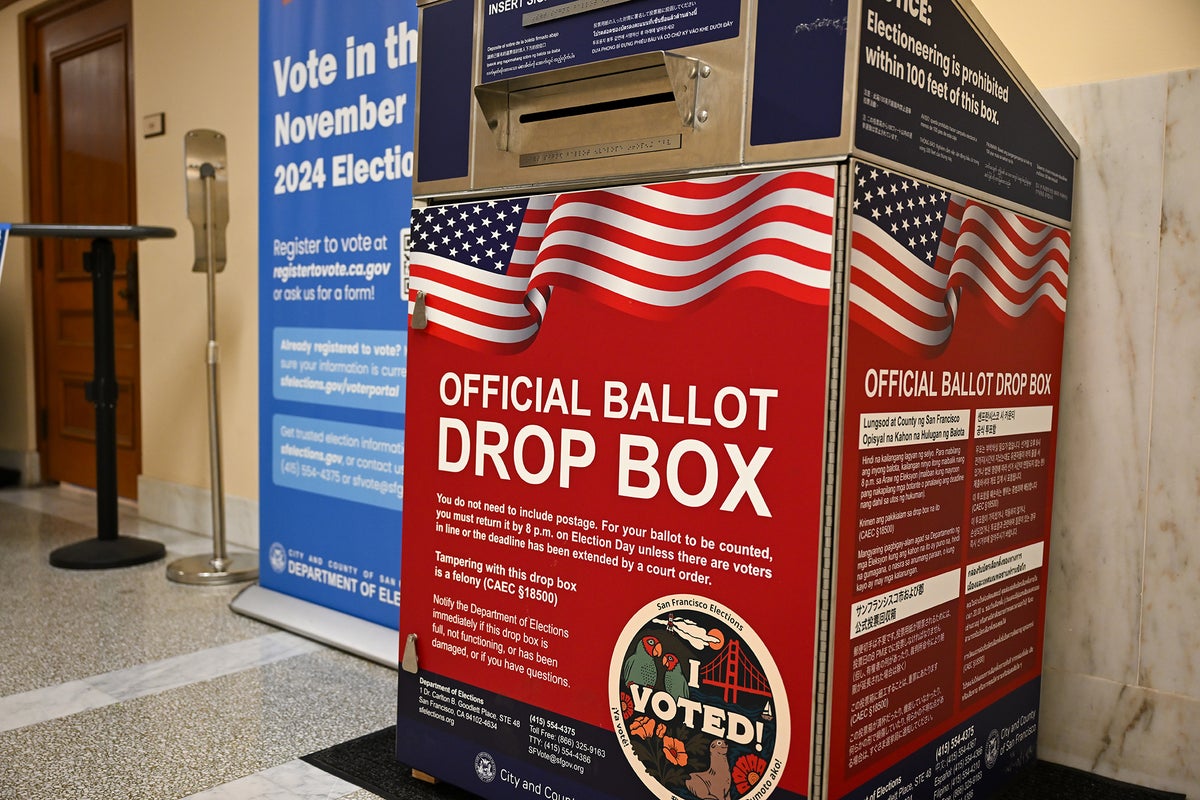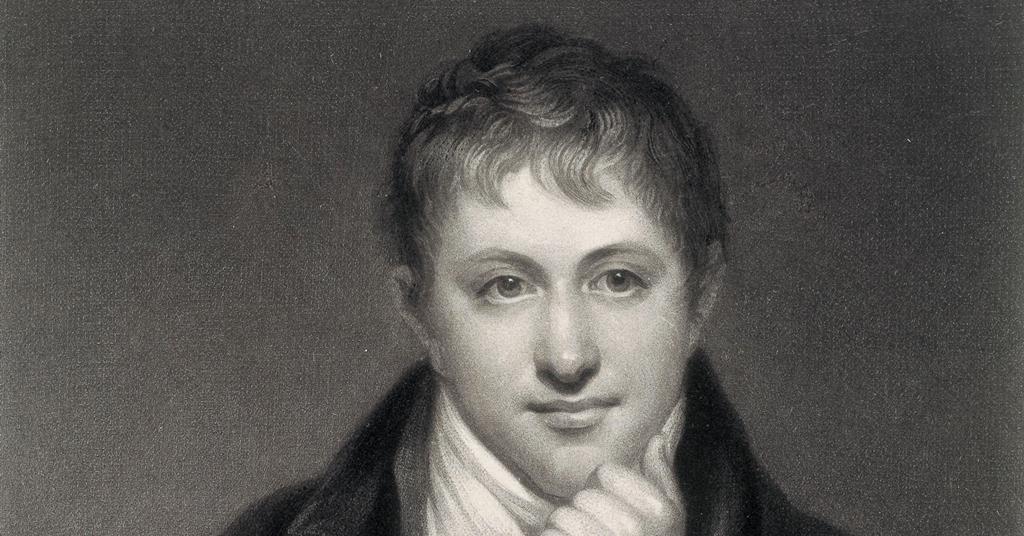
Why Are Close Elections So Common?
When voters decide between two alternatives, as is effectively the case in the U.S. presidential election, it usually comes down to a neck-and-neck race. Researchers can now explain this mathematically
The whole world is eagerly awaiting the U.S. presidential election on November 5, 2024. According to one polling average, in mid-October, around 49 percent of respondents said they would vote for Democrat Kamala Harris and around 47 percent said they would vote for Republican Donald Trump. The election appears to be a neck-and-neck race.
Surprisingly, the U.S. is not an isolated case. When the population of a democratic country is deciding between two alternatives, the election is usually very close —as was also the case with Brexit and with the Polish presidential election in 2020. The overriding question, then, is: What accounts for these observations?
The answer certainly has a large psychological, demographic and sociological component. Nevertheless, the behavior of large groups of people can be described quite well using mathematical models. And this is exactly what physicists Olivier Devauchelle of Paris City University, Piotr Nowakowski, now at the Ruđer Bošković Institute in Croatia, and Piotr Szymczak of the University of Warsaw have done.























